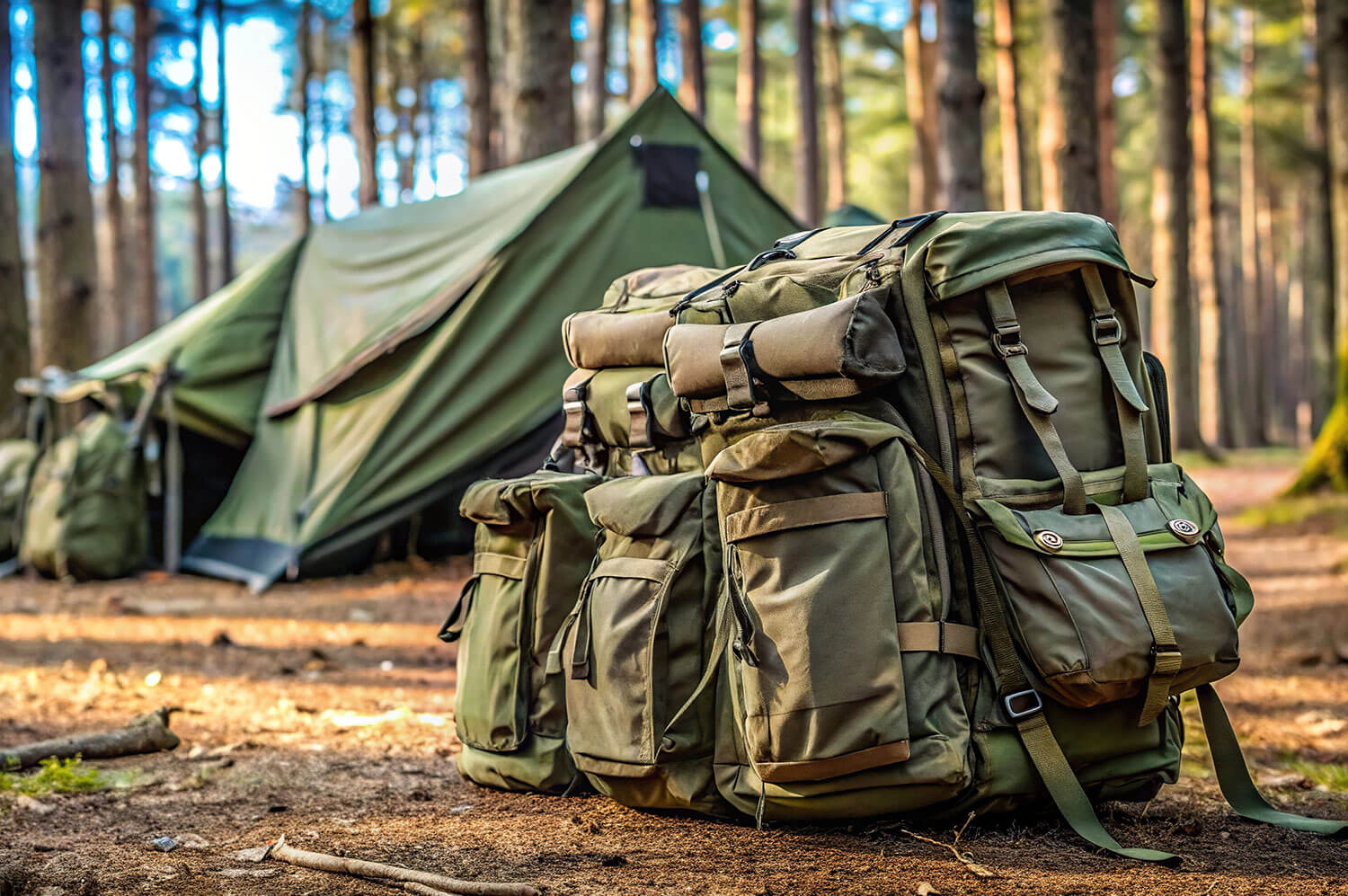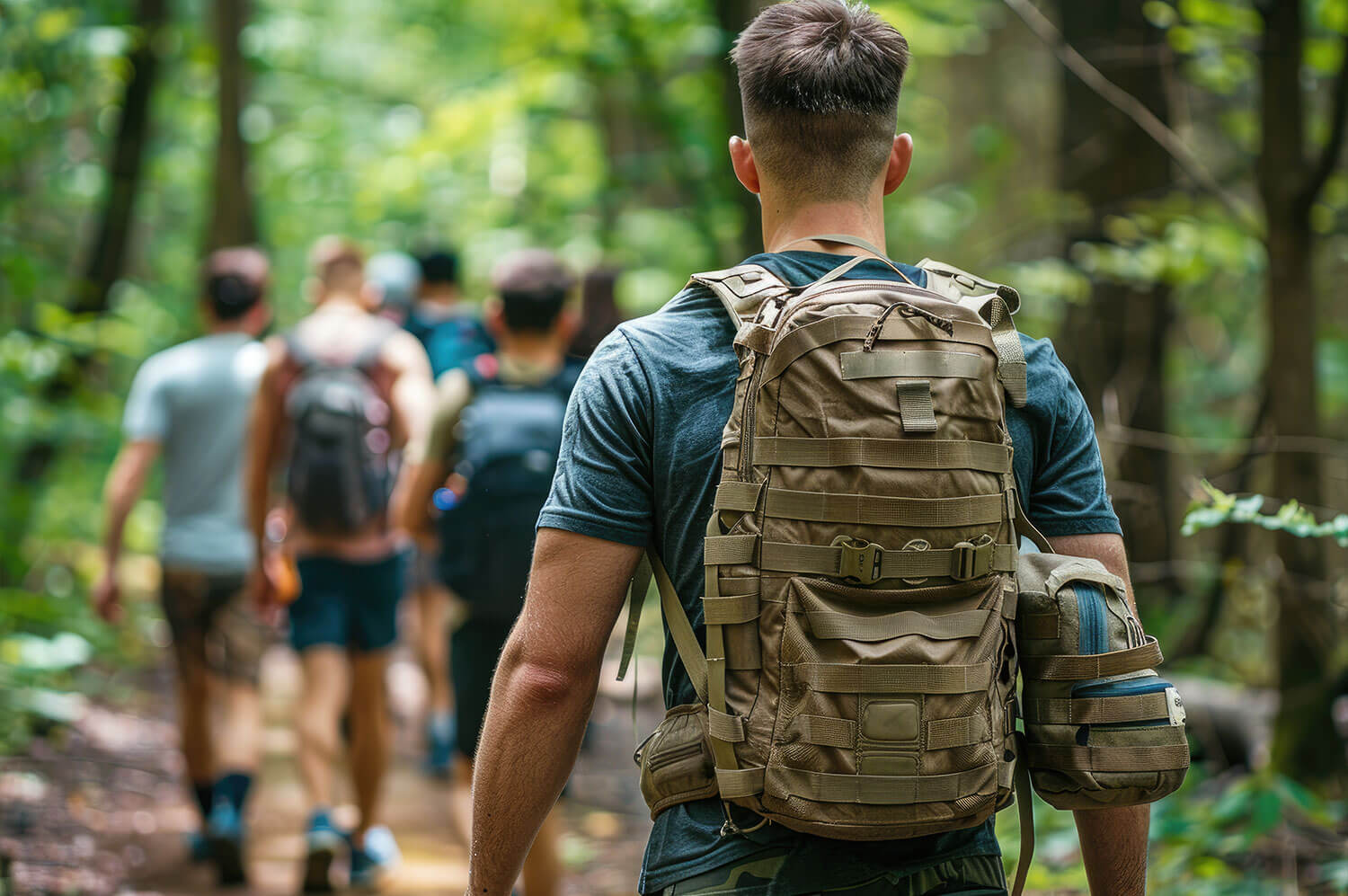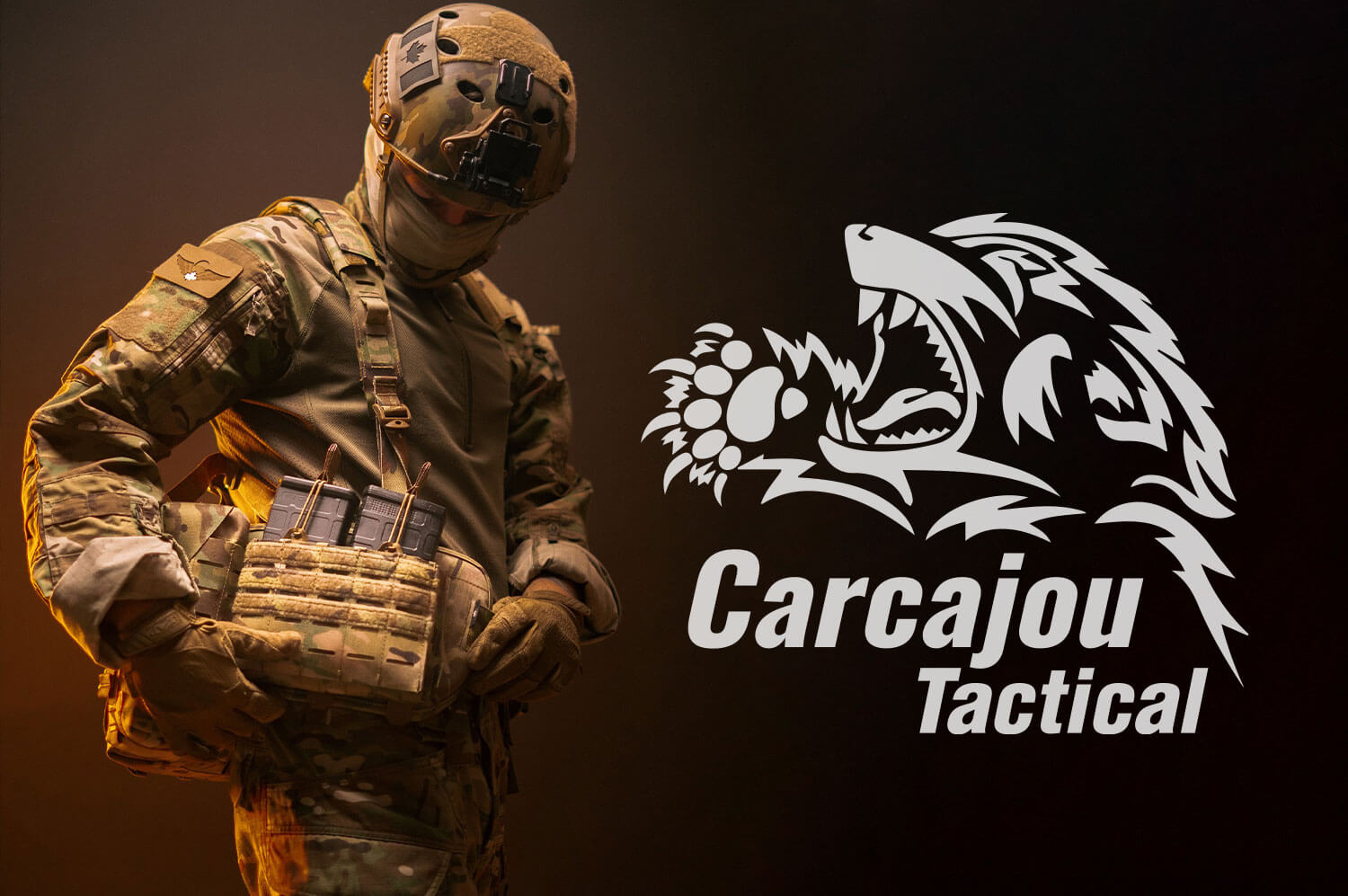
Top Features to Look for in Tactical Backpacks for Hiking and Camping
Introduction to Tactical Backpacks for Outdoor Adventures
Tactical backpacks are a top choice for outdoor enthusiasts, blending rugged durability with practical features that make hiking and camping more efficient and enjoyable. Designed to handle tough conditions, these backpacks go beyond traditional designs to offer versatility, organization, and long-lasting performance. Whether you’re trekking through uneven terrain or setting up camp in remote locations, a well-equipped tactical backpack can be the difference between a smooth adventure and a logistical headache.
What sets tactical backpacks apart is their adaptability. From multiple compartments to hydration compatibility, they cater to the unique needs of hikers and campers. Built for resilience and comfort, they help you carry essential gear without compromising mobility. Understanding the key features of these backpacks can help you make the most of your outdoor experiences.
Durability and Material Strength
Durability is one of the defining features of tactical backpacks, and it starts with the materials used in their construction. High-strength fabrics like Cordura and ripstop nylon are commonly chosen for their resistance to tears, abrasions, and harsh weather. These materials ensure that your backpack can handle rugged trails, sharp rocks, and unexpected scrapes without compromising its integrity.
Reinforced stitching and heavy-duty zippers further enhance the backpack’s ability to carry heavy loads securely. Many tactical backpacks also feature water-resistant coatings, protecting your gear from rain or spills. Whether you’re embarking on a weekend hike or an extended camping trip, a backpack made from durable materials will provide peace of mind, knowing it can endure the demands of the journey.
Versatile Storage and Organization
One of the standout features of tactical backpacks is their ability to keep your gear organized and easily accessible. These backpacks are equipped with multiple compartments, dividers, and zippered pockets to help you sort and store your essentials efficiently. This design minimizes the hassle of rummaging through your bag to find items like maps, flashlights, or first-aid kits when you need them most.
MOLLE webbing is another feature that adds to the versatility of tactical backpacks. It allows you to attach additional pouches or tools directly to the bag, giving you the flexibility to customize your setup based on the specific demands of your trip. Whether you need to carry extra food supplies, a multi-tool, or a sleeping bag, the modular design ensures your backpack adapts to your needs. With everything in its place, tactical backpacks make it easier to stay prepared and focused on the adventure.
Hydration System Compatibility
Staying hydrated during hikes and camping trips is critical, and tactical backpacks are designed with this in mind. Many models include built-in hydration bladder compartments, complete with tube routing systems for easy access to water while on the move. This hands-free hydration solution ensures you don’t have to stop and unpack your gear every time you need a drink.
In addition to hydration bladders, tactical backpacks often feature external water bottle holders, making it easy to carry extra water or energy drinks. Some models even include insulated compartments to keep liquids cool in hot weather. By integrating hydration systems into the design, tactical backpacks provide a convenient way to stay hydrated, ensuring you remain energized and ready to tackle the challenges of the outdoors.
Comfort and Ergonomic Design
Comfort is a critical factor when selecting a tactical backpack for hiking and camping, and these backpacks are built with ergonomics in mind. Padded shoulder straps help distribute the weight evenly, reducing strain on your shoulders during long treks. Many models also include adjustable chest and waist belts, which stabilize the load and prevent the backpack from shifting as you move.
Ventilated back panels are another important feature, especially for those hiking in warm climates or engaging in strenuous activities. These panels promote airflow, reducing heat buildup and keeping you comfortable throughout your journey. Tactical backpacks are designed to prioritize your comfort without sacrificing their durability, making them an ideal choice for extended outdoor excursions.
Weather Resistance and Adaptability
Hiking and camping often involve unpredictable weather, and tactical backpacks are equipped to handle these challenges. Many feature water-resistant materials or coatings that repel rain, protecting your gear from getting wet. Some models go a step further by including integrated rain covers that provide full protection during heavy downpours.
Reinforced zippers and drainage holes add to the adaptability of these backpacks, ensuring they remain functional even in wet or muddy conditions. Whether you’re caught in a sudden storm or traversing through damp environments, tactical backpacks are designed to safeguard your belongings while keeping you focused on your adventure.
Customization Through Modular Systems
Tactical backpacks excel in their ability to adapt to the unique needs of each user, thanks to their modular systems. MOLLE webbing, a hallmark of tactical design, allows you to attach additional pouches, tools, or accessories to the exterior of the backpack. This feature is particularly useful for hiking and camping, where specific trips might require extra storage for first-aid kits, GPS devices, or additional water containers.
The modularity of tactical backpacks ensures you can tailor your setup to meet the demands of any outdoor activity. Whether you’re embarking on a short day hike or an extended camping trip, the ability to customize your backpack provides unmatched flexibility. It transforms a single piece of gear into a versatile solution that evolves with your needs.
Size and Weight Considerations
Choosing the right size and weight capacity is crucial when selecting a tactical backpack for hiking and camping. A smaller backpack is ideal for day hikes, offering enough room for essentials like snacks, water, and a lightweight jacket while remaining compact and easy to carry. For longer trips, larger backpacks with higher weight capacities are necessary to accommodate sleeping bags, cooking equipment, and additional clothing.
Weight distribution is also a key factor to consider. Tactical backpacks are designed to handle heavier loads without compromising your mobility, but it’s important to select a size that balances your storage needs with comfort. By choosing a backpack tailored to the duration and demands of your trip, you can ensure that your gear supports your adventure rather than hindering it.


